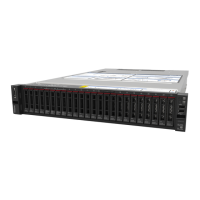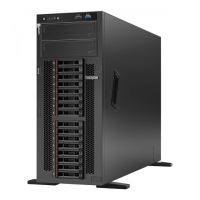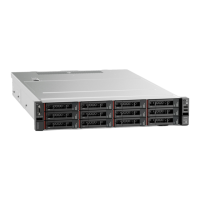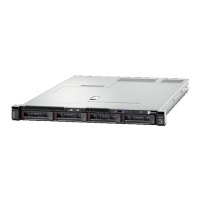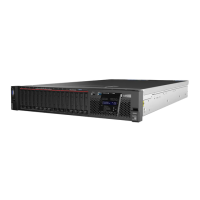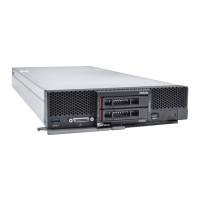If the system-level
diagnostics tests…
Then…
Resulted in the same test
failures
Technical support might recommend modifying the default
settings on some of the tests to help identify the problem.
a.
Modify the selection state of a specific device or type of
device on your storage system by entering the following
command:
sldiag device modify [-dev
devtype|mb|slot_slotnum_] [-name device] [-selection
enable|disable|default|only]
-selection enable|disable|default|only allows you to
enable, disable, accept the default selection of a specified
device type or named device, or only enable the specified
device or named device by disabling all others first.
b.
Verify that the tests were modified by entering the
following command:
sldiag option show
c.
Repeat Steps 3 through 5 of Running slow system
response diagnostics.
d.
After you identify and resolve the problem, reset the tests
to their default states by repeating substeps 1 and 2.
e.
Repeat Steps 1 through 5 of Running slow system
response diagnostics.
If the failures persist after repeating the steps, you need to replace the hardware.
6.7. Run hardware installation diagnostics
You run diagnostics after adding or replacing hardware components in your
storage system to verify that the component has no problems and that the
installation is successful.
1.
At the storage system prompt, switch to the LOADER prompt:
halt
2.
Enter the following command at the LOADER prompt:
boot_diags
You must run this command from the LOADER prompt for system-level
diagnostics to function properly. The boot_diags command starts special
drivers designed specifically for system-level diagnostics.
3.
Run the default tests on the particular device you added or replaced by entering the following
command:
sldiag device run [-dev devtype|mb|slotslotnum] [-name device]
◦ -dev devtype specifies the type of device to be tested.
114

